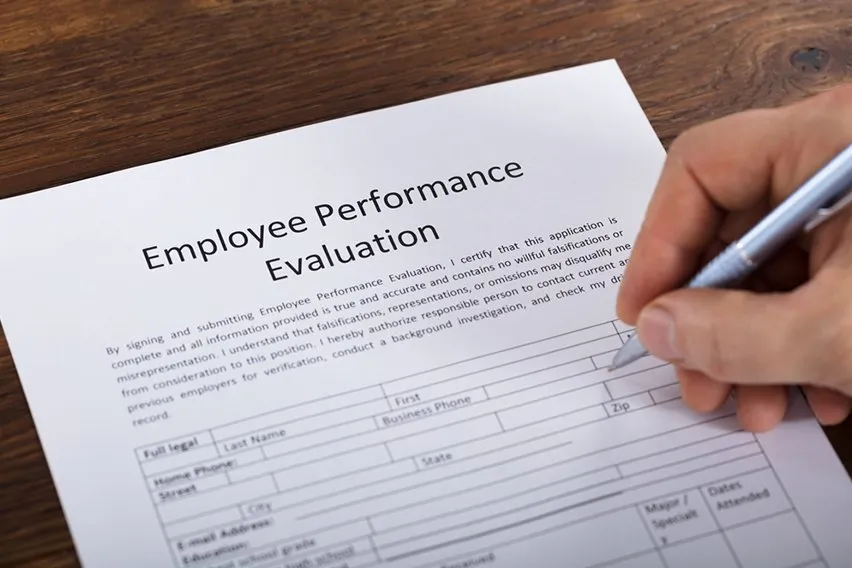Time Clock Rounding Rules And Practices

As an employer, you only want to pay your employees for the time they’ve worked. That seems fair and reasonable. You will pay for a typical 9 – 5 work schedule and it’s all easy and makes perfect sense.
But in reality, it’s not always as simple as that. Employees may turn up and start work early, or perhaps they’ll finish late – so how do you account for this time?
That’s where time clock rounding comes in.
But what exactly is time clock rounding and how is it used? Let’s take a closer look.
Here’s What We’ll Cover:
An Example of Time Clock Rounding
What Is Time Clock Rounding?
Time clock rounding, otherwise known as time rounding, is a practice that allows employers to track and modify their employee’s work hours. This is to make the calculated work hours easier to tackle for the accounting department when they calculate payroll.
There is a strict set of rules around time rounding so that the system isn’t abused for a company’s or an employee’s benefit.

The FLSA labor laws define time rounding as the following:
“In recording working time under the FLSA, infrequent and insignificant periods of time beyond the scheduled working hours, which cannot as a practical matter be precisely recorded for payroll purposes, may be disregarded. The courts have held that such periods of time are de minimis (insignificant). This rule applies only where there are uncertain and indefinite periods of time involved, a few seconds or minutes in duration, and where the failure to count such time is justified by industrial realities.”
An Example of Time Clock Rounding
If an employee came to work early and had a clock-in time of 8:47am, then left early at 4:49pm, then they have a total compensable time of 8 hours 2 minutes.
The employer can then choose to round the time to the nearest increment of 5, 10, or 15 minutes. Let’s say the employer rounds to 5, so the total time would be 8 hours 5 minutes.
In the United States, the time is usually rounded to the nearest quarter-hour but it changes from business to business.
Why Round Time?
Time clock rounding is commonly used across businesses for two main reasons:
- It makes payroll calculations easier for finance departments
- It helps employers to avoid paying for any labor that is not performed.
There is an argument to be made that time clock rounding has become obsolete with the common use of automated time tracking systems. This is because physical time cards and timesheets are used less frequently.
What Are the Rules?
In the United States, time clock rounding is legal, but there are strict rules as to how it can be used and applied for both employees and employers.
The highest roundup that employees can do legally is 15 minutes. That means that you are not legally allowed to round up or down to 30 or 60-minute increments.

There is also the 7-minute rule. This states that if an employee has clocked in at 10:07, it should be rounded down to 10:00. But if the employee clocks in at 10:08, it should be rounded up to 10:15.
An important rule for employers is that the time clock rounding has to be either neutral or favorable towards the employee. The FLSA regulations strictly state that rounding can never be in the full favor of the employer.
If these rules are broken, it will be considered wage theft. Legal action can be taken and you could be punished with a penalty of up to $1,000 for each violation and in some extreme cases, you could face jail time.
Key Takeaways
The bottom line is that employees should be fairly compensated for their time. By using time clock rounding, you are allowing some leeway with your employees.
But rounding time can be a contentious subject, so there needs to be an element of trust between employer and employee.
Are you looking for more business advice on everything from starting a new business to new business practices?
RELATED ARTICLES

 3 Top Business Intelligence Apps & Software
3 Top Business Intelligence Apps & Software What Is RDFI (Receiving Depository Financial Institution)?
What Is RDFI (Receiving Depository Financial Institution)? How to Set Up HSA for Small Business Owners
How to Set Up HSA for Small Business Owners What Are High-Risk Businesses & Products?
What Are High-Risk Businesses & Products? How to Start an Investment Portfolio? Beginner’s Guide
How to Start an Investment Portfolio? Beginner’s Guide What Is an Assembly Line: Definition & Examples
What Is an Assembly Line: Definition & Examples